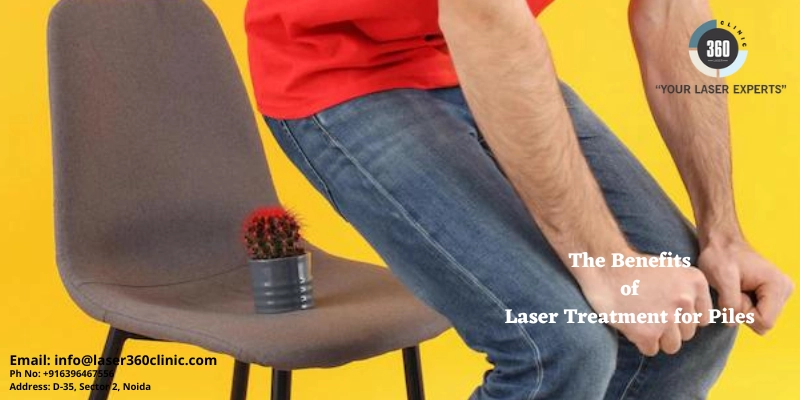Hemorrhoids, also known as piles, are a common condition that affects millions of people worldwide. For those living with piles, the symptoms can range from minor discomfort to severe pain and bleeding. Fortunately, there is a way to relieve these symptoms and reduce the severity of piles—laser treatment. In this blog post, we’ll explore the symptoms, causes, and laser treatment options available to those suffering from piles.
What are Piles?
Piles are swellings in the lower rectum or anus caused by enlarged blood vessels in the anal canal. They can be classified into four grades according to size and degree of prolapse into the anal canal. Grade 1 hemorrhoids usually do not require any treatment; grade 2 symptoms may require medications or treatments such as rubber band ligation; grade 3 requires surgery; and grade 4 requires surgical intervention with a hemorrhoidectomy. Regardless of grade, if left untreated, piles can cause significant discomfort and pain for those suffering from them.
Symptoms & Causes of Piles
The most common symptom of piles is bleeding during bowel movements. Other signs include itching or burning sensations around the anus area, mucus discharge, swelling around the anus area, painful bowel movements, lumps near the anus area (grade 3 or 4), and difficulty sitting down due to pain. The primary cause of piles is straining during bowel movements due to constipation or diarrhea. Other causes include pregnancy (due to increased pressure on pelvic veins), obesity (which increases pressure on your abdomen), prolonged sitting/standing (which adds more pressure on your veins), aging (which weakens connective tissue in your rectal area), and genetics (family history of hemorrhoids).
Benefits of Laser Treatment for Piles
Laser therapy is a minimally invasive procedure used to treat all grades of piles without surgery or other invasive treatments such as rubber band ligation or sclerotherapy injections. During this procedure, a laser fiber is inserted into the anal canal where it emits light energy that shrinks blood vessels resulting in improved circulation in the anal region which helps reduce inflammation and shrink swollen hemorrhoidal tissue. This procedure has many benefits over more traditional methods including reduced recovery time (patients typically resume normal activities within 24 hours) less risk for complications such as infection or excessive bleeding due to its minimally invasive nature; it also has fewer side effects than other treatments such as rubber band ligation or sclerotherapy injections; it does not involve cutting or stitching so there is no scarring; it has been proven effective at treating all grades of hemorrhoids including grade 4 hemorrhoids which often require surgery; it is relatively painless compared to other treatments; and finally, laser treatment helps resolve recurrence rates due to its non-invasive nature which prevents damage to surrounding tissue which could lead to future recurrences.
Conclusion:
In summary, laser therapy is an effective treatment option for all grades of piles laser treatment with minimal risk for complications or side effects compared with traditional methods such as rubber band ligation and sclerotherapy injections. It also offers shorter recovery time so patients can resume their normal activities quickly after undergoing treatment without fear of recurrence due to its minimally invasive nature. If you suffer from any type of pile symptoms whether mild or severe please speak with your healthcare provider about whether laser therapy may be right for you!
Full Audio : Listen Here

